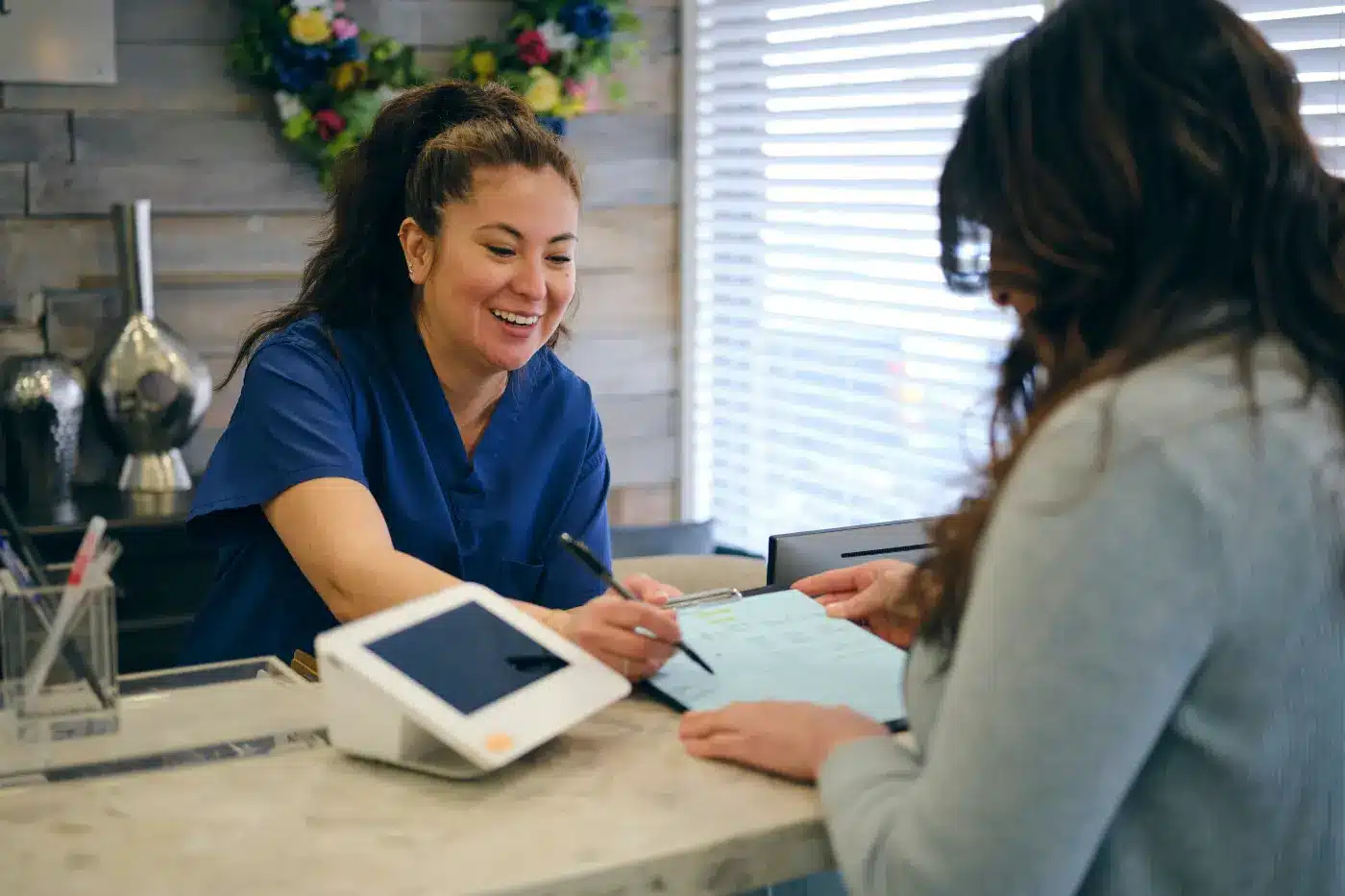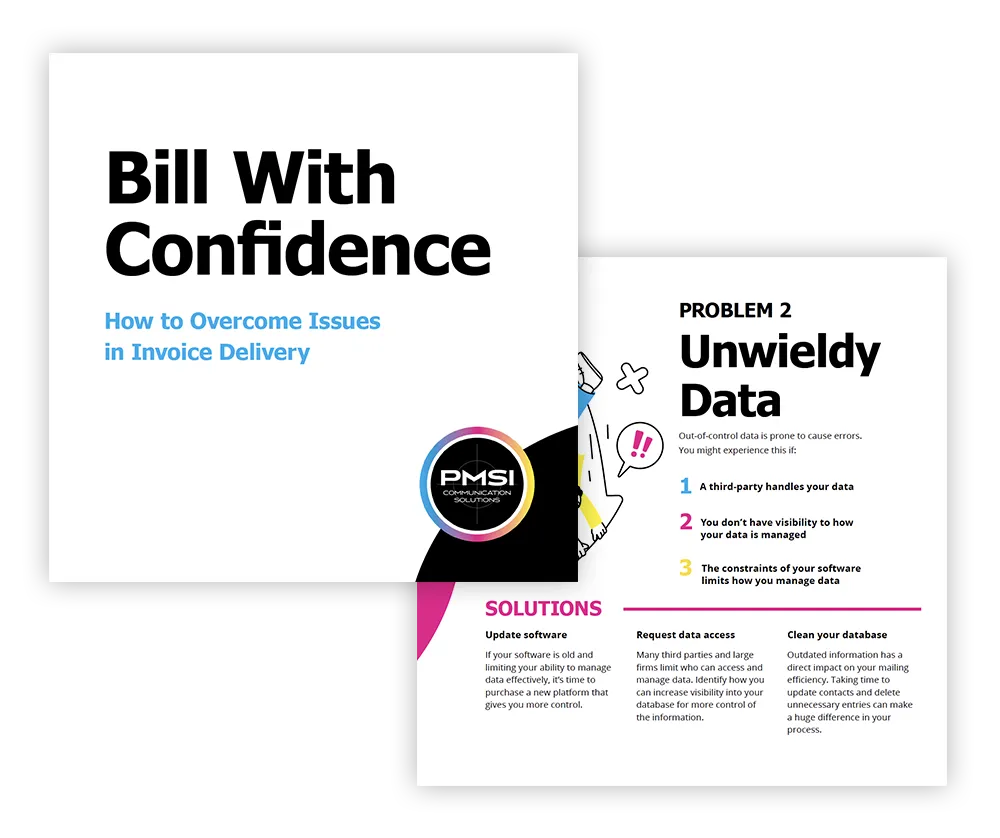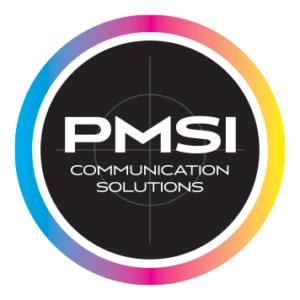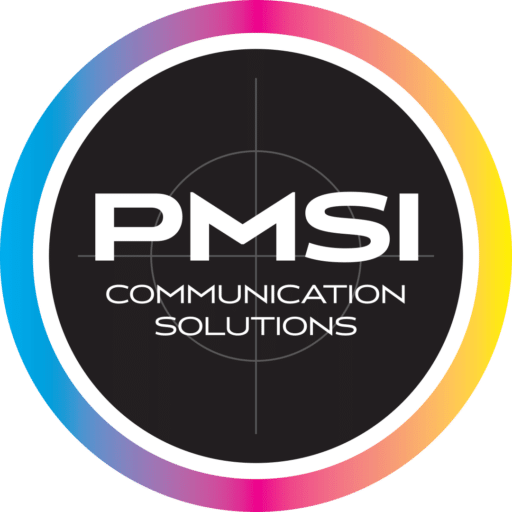The Importance of Clear Billing Statements
Billing statements are one of the final touchpoints between healthcare providers and patients, and they play a critical role in the overall patient experience. When a patient receives a bill that is clear and easy to understand, it not only improves their satisfaction but also ensures that payments are made on time.
As a healthcare provider, you want your patients to focus on their health, not on trying to decipher a complicated bill. In this blog, we’re here to help you implement best practices that make your billing process smoother and more efficient.
Why Simplify Your Billing Process?
Simplifying your billing process is more than just a way to reduce errors—it’s a strategic move that can have a positive impact on your practice in several ways:
- Improve Patient Trust: When patients receive a bill they can easily understand, they’re more likely to trust your practice. Trust is key in building long-term relationships with your patients.
- Increase Payment Timeliness: Clear billing statements reduce the chances of confusion and disputes, which means patients are more likely to pay their bills on time and you will have fewer outstanding balances to deal with.
- Reduce Administrative Burden: Fewer patient calls and complaints about billing issues mean your staff can focus on more important tasks.
- Enhance Overall Patient Experience: A straightforward billing process contributes to a positive patient experience, making it more likely that they will return to your practice in the future.
Common Challenges with Patient Billing
Many healthcare providers face similar challenges when it comes to creating billing statements that are clear and easy to understand. Some of the most common issues include:
- Medical Jargon: Bills often contain complex medical terminology that patients may not understand.
- Confusing Layouts: Information is sometimes presented in a way that’s hard to follow, making it difficult for patients to find the details they need.
- Lack of Explanation: Charges and codes may not be explained, leaving patients unsure of what they’re paying for.
- Limited Payment Options: Patients may find it challenging to pay their bills if there aren’t enough convenient payment options available.
- Inadequate Support: Patients who have questions about their bill may struggle to find the contact information they need to get help.
Addressing these challenges is crucial to improving the billing experience for your patients. By implementing the following best practices, you can make your billing statements clearer, more accessible, and easier for patients to understand.
Best Practices for Clear Billing Statements
1. Use Simple, Clear Language
The language you use in your patient statements can have a significant impact on how easily patients understand their bills. Here are some tips for simplifying your language:
- Avoid Medical Jargon: Replace technical medical terms with plain language that patients can easily understand. For example, instead of “diagnostic imaging,” you might say “X-ray” or “scan.”
- Explain Any Codes: If your billing system requires the use of codes, make sure to include a brief, clear explanation next to each one. Patients should never be left guessing what a code means.
- Be Direct: Use short, straightforward sentences to convey billing information. For instance, instead of saying, “The total amount payable at this time,” you could simply say, “Amount due now.”
- Personalize When Possible: Address the patient by name and use language that reflects your practice’s tone and style, making the bill feel more personal and less like a generic statement.
2. Structure the Bill for Easy Reading
The layout and structure of your billing statement are just as important as the language you use. A well-organized bill is easier for patients to navigate and understand:
- Organize Information Logically: Start with the most important details, such as the total amount due, patient balance, and the due date. Arrange other information, like services provided, payment options, and payment links, in a logical order that makes sense to the reader.
- Use Clear Headers: Break up different sections of the bill with headers like “Services Provided,” “Payment Options,” and “Contact Information.” This helps guide the reader through the bill and makes it easier to find specific details.
- Include a Summary: At the top of the bill, provide a brief summary that highlights key points, such as the total amount due, outstanding payment, the due date, and any payment methods available. This gives patients a quick overview before they dive into the details.
- Use Bullet Points and Lists: Whenever possible, use bullet points or numbered lists to break down information into smaller, more digestible parts. This is especially useful for listing services provided, explaining charges, or outlining payment options.
3. Highlight Important Information
Certain information on your billing statement needs to stand out to ensure that patients see it right away. Here’s how you can emphasize the most important details:
- Bold the Due Date: The due date should be one of the most prominent pieces of information on the bill. Bold it or use a larger font size to make sure it stands out.
- Use Color to Emphasize Key Areas: A touch of color can help draw attention to critical details like the amount due, payment options, or contact information. However, be careful not to overuse color, as this can make the bill look cluttered.
- Provide Clear Contact Information: Make it easy for patients to reach out with questions by clearly displaying a phone number or email address. Consider including a QR code that links directly to your practice’s billing department or customer service page.
4. Offer Multiple Payment Options
The more payment options you provide, the easier it is for patients to pay their bills. Offering a variety of convenient payment methods can help reduce the number of late payments and improve your practice’s cash flow:
- List All Payment Methods: Clearly list all available payment methods, such as credit card payments, online payments, phone payments, and mail-in options. Ensure that these options are easy to find on the bill.
- Provide Step-by-Step Instructions: Each payment method should come with simple, step-by-step instructions to make the process as easy as possible for patients. Include any necessary account numbers or reference codes that patients will need to complete their payment.
- Mention Payment Plans: If your practice offers payment plans for larger bills, be sure to mention this on the billing statement. This can help patients manage their payments and reduce the likelihood of missed payments or payment delays.
5. Include a Frequently Asked Questions (FAQ) Section
A well-crafted FAQ section can help answer many of the common questions patients have about their bills, reducing the number of calls and emails your office receives:
- Address Common Concerns: Include a section that answers frequently asked questions, such as “What should I do if my insurance hasn’t paid?” or “How do I dispute a charge?” Be sure to address any specific concerns that are common among your patient population.
- Keep It Concise: Use bullet points to make the FAQ section easy to read and understand. Avoid lengthy explanations—patients should be able to find the answers they need quickly.
- Link to Additional Resources: If you have more detailed information available online, provide a link or QR code that directs patients to those resources. This is especially helpful for complex billing issues on payment history that may require more in-depth explanations.
6. Make It Personal
Personalizing your billing statements can help strengthen the relationship between your practice and your patients. A personalized touch shows that you care about their experience and are committed to providing clear, transparent communication:
- Use the Patient’s Name: Address the patient by name rather than using generic terms like “Dear Patient.” This small touch can make a big difference in how the bill is perceived.
- Include a Thank You Note: A simple “Thank you for choosing us for your healthcare needs” can go a long way in building a positive relationship with your patients. It shows appreciation and reinforces the idea that they are valued.
- Tailor the Message: If possible, tailor the content of the bill to the specific patient’s situation. For example, if the patient has a payment plan in place, include a note acknowledging this and reminding them of the plan’s terms and time frame.
Test and Refine Your Billing Statements
Even with the best practices in place, it’s important to regularly test and refine your billing statements to ensure they meet your patients’ needs:
- Get Feedback: Before sending out new billing statements, test them with a small group of patients or staff members to gather feedback. Ask them if the bill is clear and easy to understand and if there’s anything they find confusing or unclear.
- Make Adjustments: Use the feedback you receive to make any necessary adjustments to the clarity or layout of the bill. Even small changes can make a big difference in how the bill is perceived.
- Review Regularly: Billing needs and patient expectations can change over time, so it’s important to review your billing statements regularly to ensure they remain effective. Regular updates and improvements will help keep your billing process smooth and efficient.
Final Thoughts
Simplifying your billing statements isn’t just about reducing errors—it’s about enhancing the overall patient experience. When patients can easily understand their bills, they are more likely to pay on time and view your practice in a positive light.
At PMSI, we specialize in helping healthcare providers create billing statements that are clear, concise, and easy for patients to understand. With our expertise in transactional printing and mailing, we can help you streamline your billing process, reduce patient confusion, and improve payment outcomes.
Our team can help you design patient-friendly billing statements that are aligned with your practice’s goals. We handle everything from design to delivery, ensuring that your billing process is as efficient and effective as possible. Contact us today to chat with our printing and mailing experts about how we can help simplify your billing statements!





